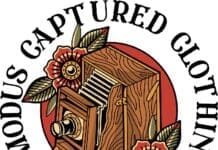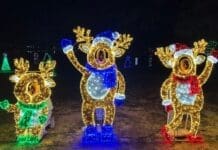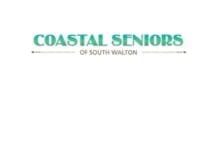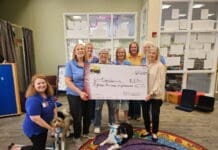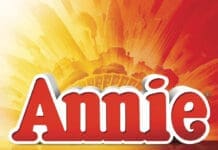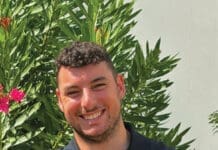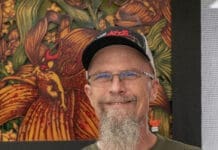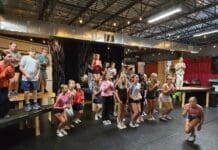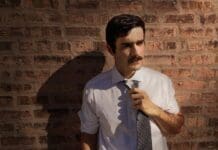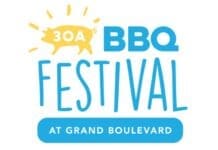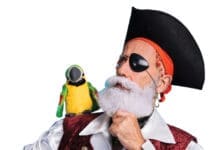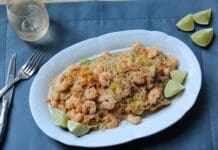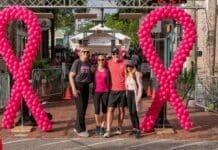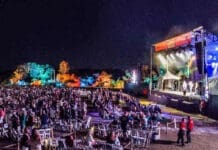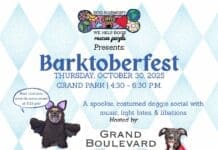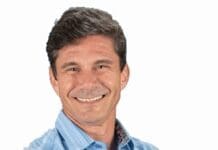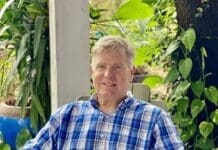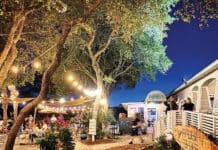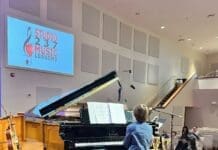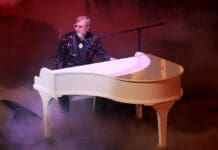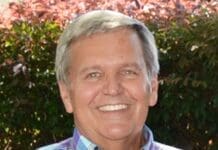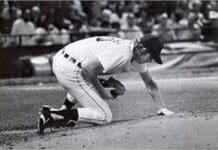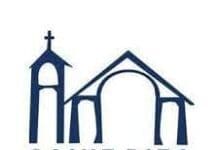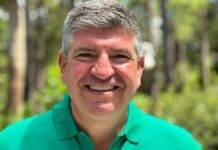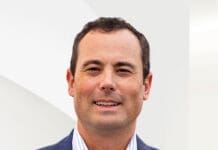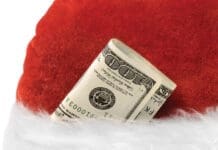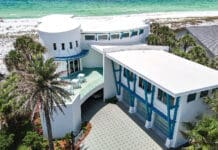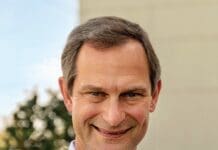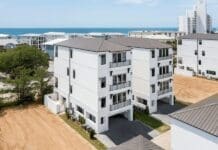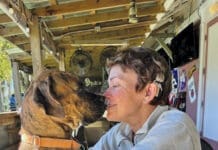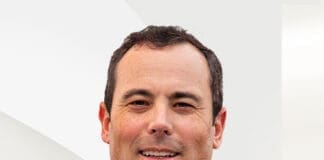By Kelly-Murphy Redd
John Wambough says courage and love of country was the glue and inspiration that kept the F-105 fighter jet pilots climbing high in the sky at record speeds over North Vietnam. Retired Colonel John H. Wambough remembers the heroic past of his pilot friends who daily went into battle facing being shot down, perhaps rescued, killed or falling into the hands of the North Vietnamese. John says he never thought of himself as a hero, though his F-105 took on enemy fire. He says, “The real heroes were those who fought bravely and didn’t make it back safely. Many were unmercifully tortured for years in the infamous ‘Hanoi Hilton’ and many never returned.”
Born in 1939, John grew up in Glen Cove, Long Island, N.Y. He attended New York University (NYU) and joined the Cadet Corps, became Captain of the Pershing Rifle Trick Drill Team, and Cadet Corps Commander his senior year. After graduating from NYU in 1962, he attended Flight School at Vance Air Force Base during the Cuban Missile Crisis. He flew the B52G Bomber against the Soviet Union during the Cold War. He volunteered to fly F-105 Fighters in 1967.
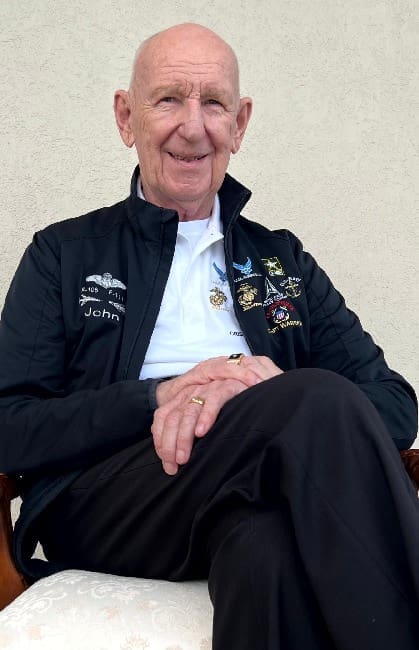
During the Vietnam War, John volunteered to fly the F-105 Thunderchief (THUD) and trained at Nellis AFB in Las Vegas, Nevada.
1967 was the peak year for pilot losses. F-105 pilots averaged getting shot down every 33 missions. The rescue rate was 50%. 180 F-105 pilots were killed in action during the Vietnam War. 107 pilots became prisoners of war (POWs). 145 F-105 pilots were shot down and rescued. Of the pilots who became POWs, most were tortured during captivity via beatings, stress positions and prolonged isolation to extract information and propaganda confessions. At least 7 F-105 pilots died in captivity. The extreme loss rate of F-105 pilots was due to highly sophisticated air defenses in North Vietnam, second to only Moscow, to include 10,000 anti-aircraft artillery guns (AAA), Soviet supplied surface to air missiles (SAMs) and MIG fighters. F-105 missions were so dangerous that by the late 1960s, the odds of an F-105 pilot completing a 100-mission tour were less than 50%.
Micromanagement of the Vietnam War by the sitting President of the United States, Lyndon B. Johnson and Secretary of Defense Robert McNamara also contributed to high loss rates. President Johnson bragged, “They (pilots) cannot hit an outhouse without my approval.” Predictable routes of attack and hideous Rules of Engagement prevented hitting targets necessary to win the War. The first year and a half into the War, 97% of the Joint Chiefs of Staff’s recommended targets in North Vietnam were off limits to air strikes. The North Vietnamese were able to build up defenses to attack American aircraft when they were finally permitted to attack targets previously off-limits.
Pilots noticed the uncanny ability of the North Vietnamese to move AAA and SAMs into position before they could hit assigned targets in North Vietnam. The reason was revealed many years after the war during a TV interview with President Johnson’s Secretary of State Dean Rusk. He admitted the following: “We didn’t want to harm the North Vietnamese people, so we passed the targets to the Swiss Embassy in Washington with instructions to pass them to the North Vietnamese government.”
John flew missions as a part of Operation Rolling Thunder. The F-105 accounted for approximately 75% of the sustained bombing campaign against North Vietnam during Rolling Thunder. Targets included heavily defended rail lines, bridges, supply depots and missile sites to stop the movement of war materials going to South Vietnam to be used against American and South Vietnamese troops. Civilian populations were not targeted. John’s combat tour included strikes into North Vietnam, Laos, and Cambodia, with only a single mission into South Vietnam in support of American troops in contact with enemy forces (Viet Cong).
John loved flying the F-105. He describes it as “fantastic.” The F-105 was the biggest and fastest fighter-bomber ever produced. It could go up to 1,000 mph off the deck. MIGs (fighter aircraft supplied by Russia to the North Vietnamese) couldn’t match its speed.
In September of 1968, John began a tour of duty in the 34th Tactical Fighter Squadron (TFS) at KORAT, Thailand, expecting to fly 100 combat missions in six months. However, due to the high losses of F-105 aircraft during the Vietnam War, the F-105s were withdrawn from combat in the 34th TFS in 1969 and replaced with F-4 fighter aircraft. John went on to an assignment as an Air Operations Officer at 7th Air Force, Saigon, followed by an assignment to the 12th TFS at Kadena AB, Okinawa. He retired in 1990 at Hurlburt Field after over 27 years in the Air Force.
Celebration to Honor Vietnam Veterans
John is looking forward to the Greater Fort Walton Beach Chamber’s Honoring Our Heroes celebration marking the 50th anniversary of the end of the Vietnam War.
The tribute to honor our Vietnam veterans begins April 28–29 with free events at the Air Force Armament Museum in Fort Walton Beach, 5-8 p.m.
The Heroes’ Tribute Banquet follows on April 30, 5-9 p.m., at the Destin/Fort Walton Beach Fairgrounds & Event Center.
The keynote speaker is Rocky Bleier, four-time Super Bowl champion and Vietnam veteran. Other featured speakers include decorated Marine and Warriors, Inc. founder Dale Dye, and Col. Ed Hubbard, a former POW who spent over six years in captivity in North Vietnam.
Register for the banquet at:
https://www.fwbchamber.org/events/details/heroes-tribute-banquet-honoring-our-vietnam-veterans-20292


